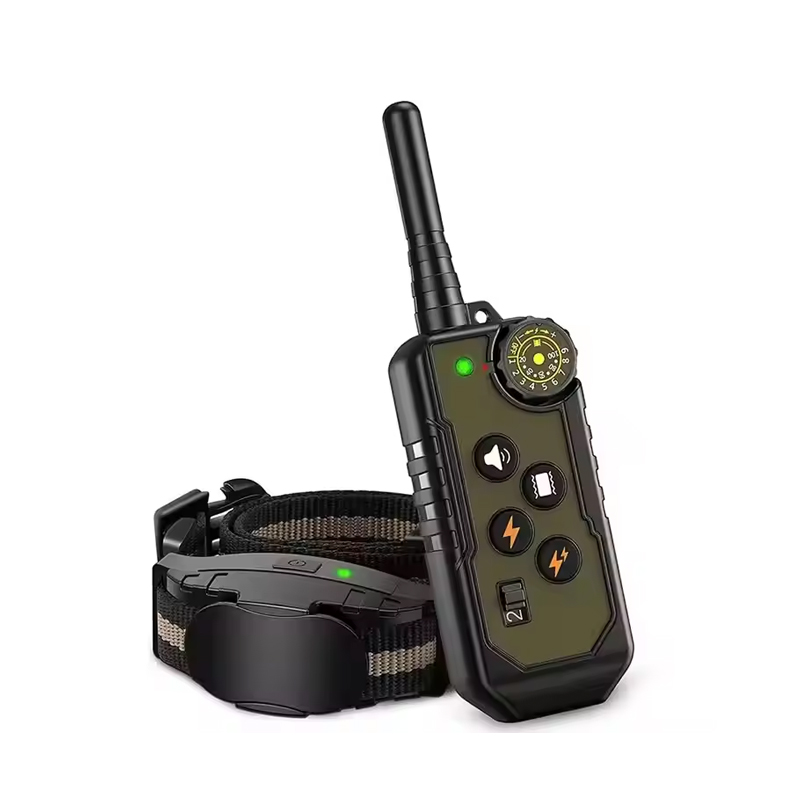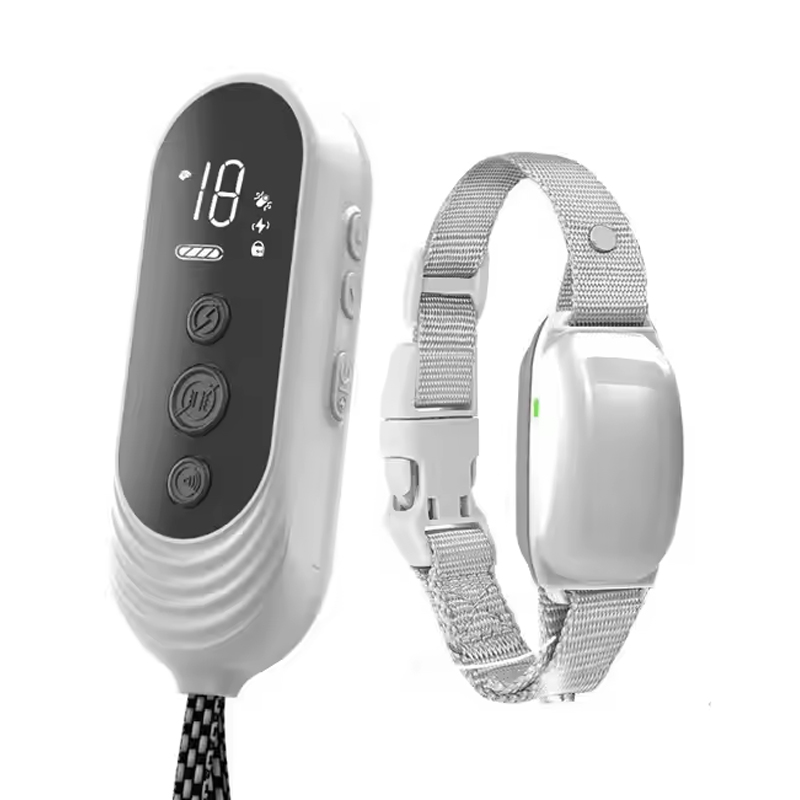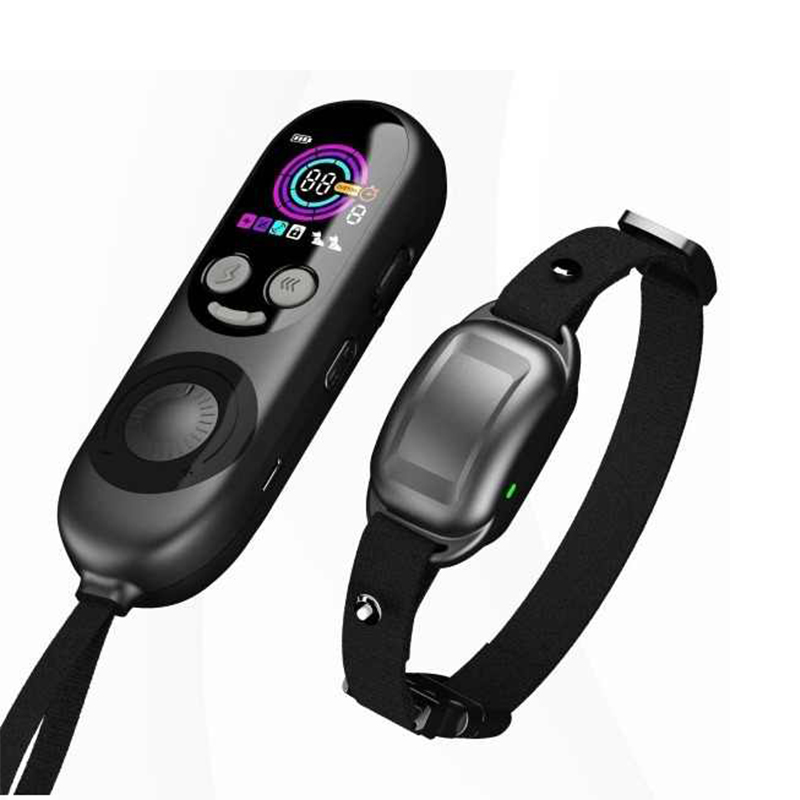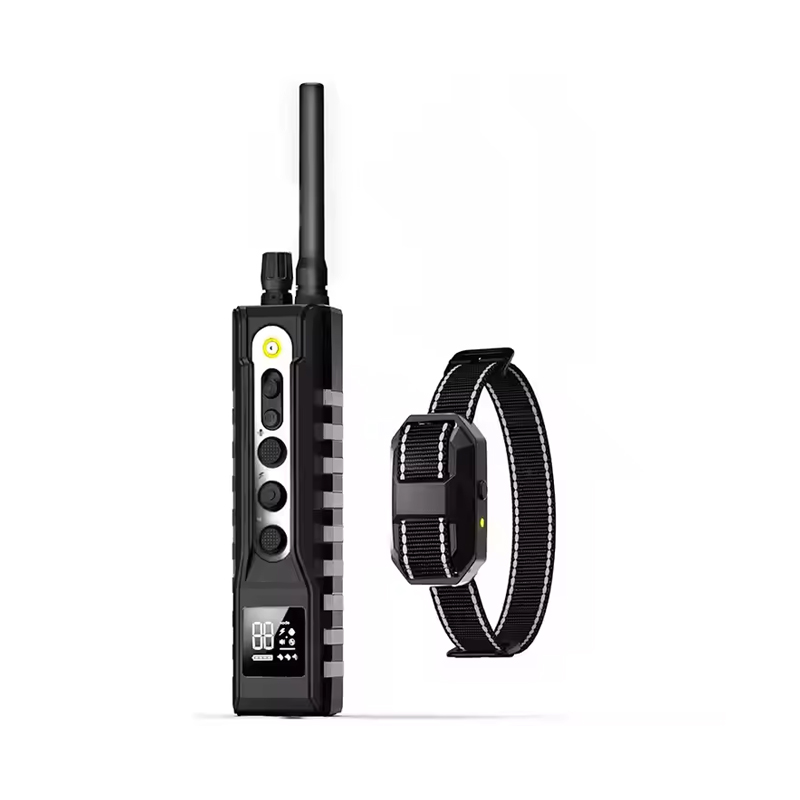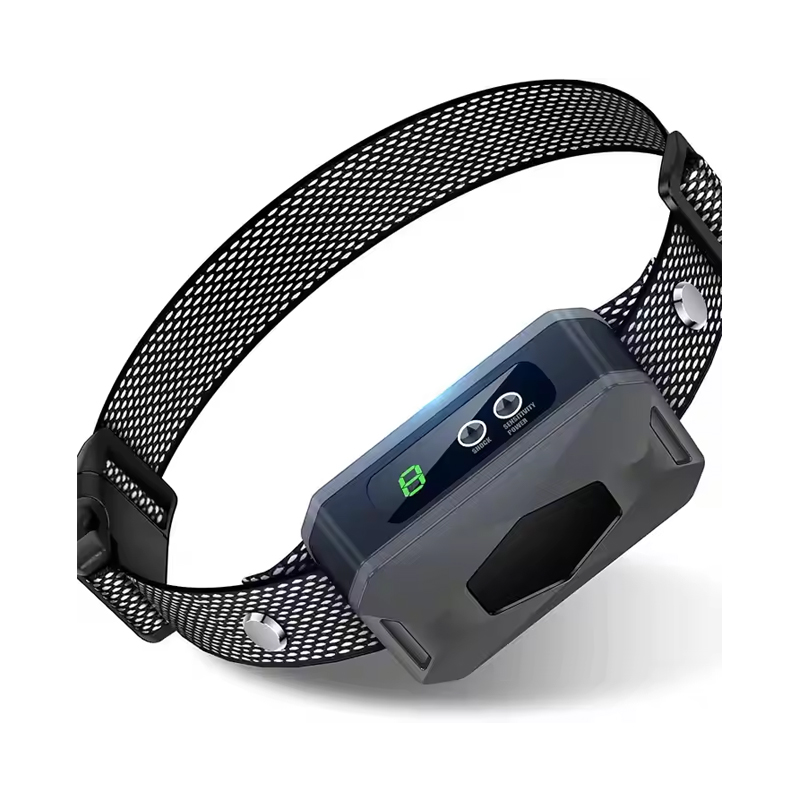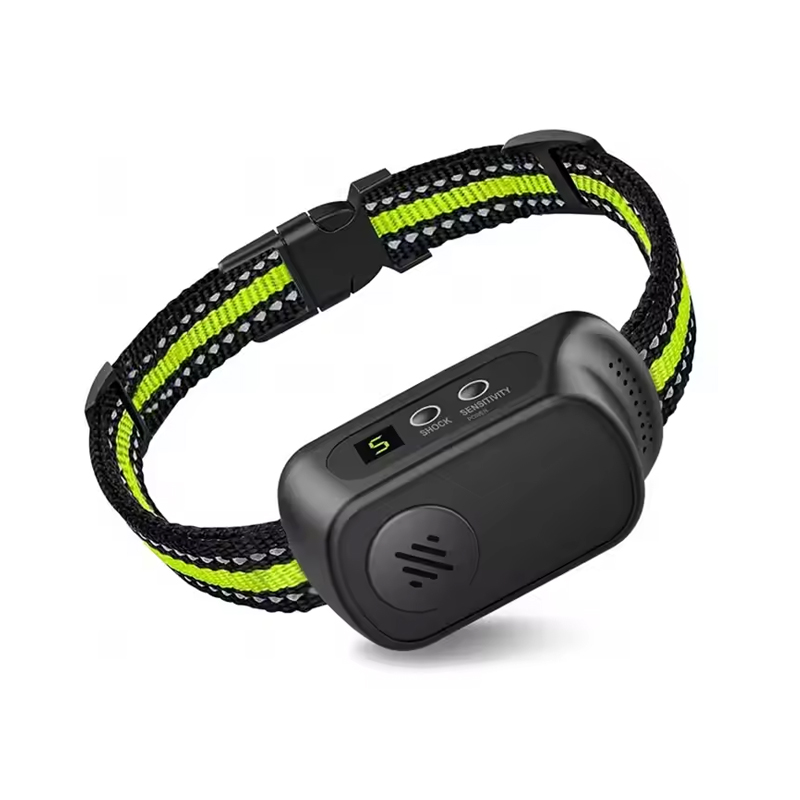- Type:
- Industry News
- Date:
- 2025-08-29
How to Choose the Most Suitable Pet Carriers
With the growing demand for pet travel, a high-quality Pet Carrier not only ensures the safety of pets but also makes the journey more comfortable and convenient. As a leading brand in the smart pet supplies industry, Pawtechpet has conducted in-depth research on the differences between hard-shell and soft-shell pet carriers, providing professional recommendations for different travel scenarios. This article will analyze material selection, size considerations, and how to balance safety, comfort, and portability—helping pet owners make the best decision.
Hard-Shell vs. Soft-Shell Pet Carriers: Key Differences and Suitable Scenarios
Pet carriers are mainly divided into Hard-Shell and Soft-Shell types, each with distinct differences in structure, protection, and use environments.
1. Hard-Shell Pet Carriers: Strong Protection, Ideal for Long-Distance Travel
Features:
High impact resistance: Made of ABS plastic or polycarbonate, effectively resisting external impact, suitable for air transport or long car trips.
Excellent enclosure: Prevents pets from escaping and reduces external noise interference.
Ventilation design: Usually equipped with metal grille doors or perforated structures to ensure air circulation.
Best for:
Air travel (IATA-compliant)
Long-distance road trips
High-security needs (large dogs or easily frightened pets)
2. Soft-Shell Pet Carriers: Lightweight and Flexible, Perfect for Short Trips
Features:
Lightweight design: Made of Oxford cloth, nylon, or canvas, making it lighter and easier to carry.
Foldable storage: Some models can be folded to save space.
Breathable and comfortable: Mesh fabrics provide better ventilation, especially suitable for summer use.
Best for:
Short daily trips (taxi, subway, etc.)
Vet visits
Frequent carry scenarios
3. Comparison Table: Hard-Shell vs. Soft-Shell
| Comparison Item | Hard-Shell Pet Carriers | Soft-Shell Pet Carriers |
| Protection | Very high, strong impact resistance | Moderate, suitable for mild environments |
| Weight | Heavier | Lightweight |
| Portability | Lower (fixed structure) | Excellent (foldable) |
| Best Use Case | Air travel, long-distance trips | Short trips, daily use |
| Cleaning | Easy to wipe | Machine-washable |
Is Size More Important than Material When Choosing Pet Carriers?
Many pet owners struggle with the choice between prioritizing material or size when purchasing a carrier. In reality, both factors should be considered together, but size compatibility is the most critical element.
1. Why is size more important?
Strict airline regulations: The International Air Transport Association (IATA) has clear size requirements for pet carriers. If the carrier is too small or too large, pets may be denied boarding.
Pet comfort: Pets should be able to naturally stand, turn, and lie down inside the carrier. A space that is too small can cause stress, while an oversized carrier reduces safety during transit.
Applicability: Different breeds and sizes of pets (cats, small dogs, medium dogs, etc.) require appropriately matched carrier dimensions.
2. How to measure the correct size?
We recommend following these steps:
Length = Tip of nose to base of tail + 5–10 cm allowance
Height = From top of head to floor (standing position) + 5 cm allowance
Width = Twice the width of the widest part (usually shoulders)
Example: For a cat with a body length of 40 cm, a carrier of approx. 50 cm in length and 30 cm in height is recommended.
3. Material Selection Depends on Usage Scenario
For air travel → Choose IATA-approved hard-shell carriers
For daily short trips → A lightweight, breathable soft-shell carrier is more suitable
How to Balance Safety, Comfort, and Portability in Pet Carriers?
1. Safety: Anti-escape & Impact Protection
Hard-shell carriers: Equipped with locks and metal latches to prevent accidental opening.
Soft-shell carriers: Feature zippers with safety buckles to prevent pets from scratching or escaping.
Non-slip base design: Prevents sliding during transport, ensuring stability.
2. Comfort: Ventilation, Shock Absorption & Seasonal Adaptability
Ventilation system: Hard-shell carriers use side ventilation holes, while soft-shell carriers utilize mesh fabric for airflow.
Shock-absorbing mats: Some premium models include memory foam cushions to minimize travel bumps.
Winter warmth: Removable fleece liners are available to adapt to seasonal changes.
3. Portability: Lightweight & Ergonomic Design
Carrying options: Soft-shell carriers are typically easier to carry with shoulder straps or handles; some hard-shell carriers include wheels for rolling.
Expandable space: Certain carriers feature extendable compartments to accommodate different pet postures.
Pawtechpet's Innovative Pet Carrier Solutions
Pawtechpet is committed to combining smart technology with pet care needs, introducing safer and more comfortable carrier designs such as:
Smart ventilation system: Built-in temperature and humidity sensors that automatically adjust airflow.
GPS tracking function: Prevents pets from getting lost with real-time location monitoring.
Modular design: Detachable and washable components for easier maintenance.
How to Choose the Most Suitable Pet Carriers for Your Beloved Pets?

Selecting the right pet carrier is a decision that requires careful consideration of multiple factors. Based on years of industry expertise, we recommend pet owners follow a systematic approach to ensure that every journey is both safe and comfortable for their pets.
1. Travel Scenario Determines Material Selection
Air Travel / Long-Distance Transport
Must comply with IATA standards
Recommended materials: ABS or polycarbonate
Equipped with sturdy metal door locks and ventilation holes
Non-slip bottom design for stability
Daily Short Trips
Prefer soft-shell carriers with lightweight, waterproof fabrics
Reinforced seams for durability
Expandable designs for added flexibility
2. Size Compatibility is the Foundation
Key Measurements:
Length: Nose tip to base of tail + 10 cm extra space
Height: Standing height (top of head to paws) + 5 cm allowance
Width: Twice the widest part of the pet's body
Special Considerations:
Growing pets: Allow extra space for future growth
Overweight pets: Add at least 20% more space
Long-haired breeds: Factor in coat thickness
3. The Golden Triangle: Safety, Comfort, and Portability
Safety:
Anti-escape mechanisms (double-lock systems)
High impact resistance
Stable bottom structure
Comfort:
Excellent ventilation (at least 30% airflow openings on each side)
Shock-absorbing base or padding
Removable soft cushions for coziness
Portability:
Ergonomic handles
Weight control (soft carriers should not exceed 1.5 kg)
Foldable structures for easy storage
4. Advanced Purchasing Tips
Multi-pet households: Consider carriers with layered or partitioned designs
Extreme climates: Choose smart carriers with temperature control
Senior pets: Prioritize carriers with low-entry designs
Anxious pets: Opt for models with privacy covers or shading panels
Pre-Purchase Checklist for Pet Owners
Allow pets to try the carrier for fit and comfort
Inspect craftsmanship and finishing details
Understand cleaning and maintenance methods
Confirm warranty and after-sales support
As an essential tool for pet travel, Pet Carriers not only ensure the safety of pets but also reflect the owner's care for their comfort and well-being. At Pawtechpet, we are committed to continuous innovation in design, functionality, and user experience. Our mission is to provide solutions that truly meet the needs of pets and their families—making every journey secure, enjoyable, and stress-free.


